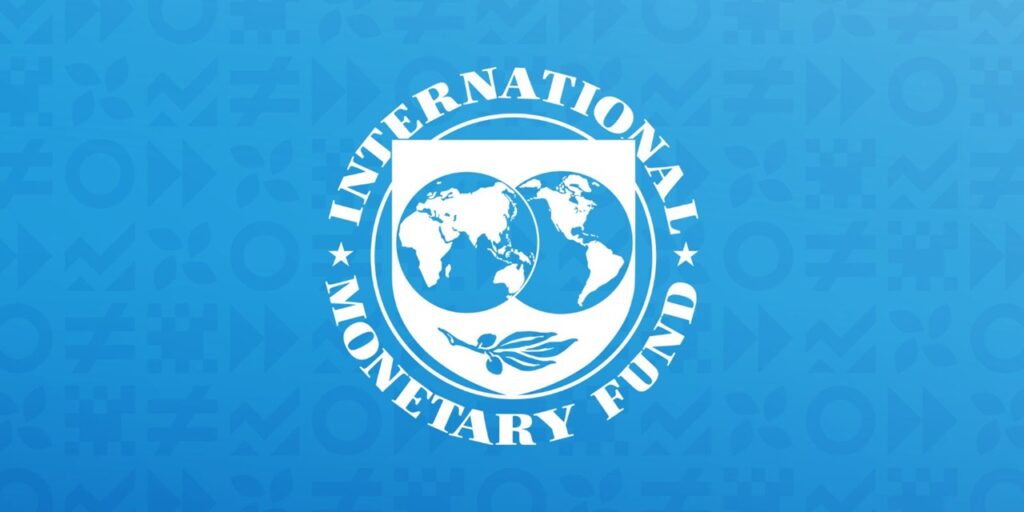By Anjan Roy
The latest article four consultation papers of the International Monetary Fund (IMF) gives a unique peep into the state of the Indian economy from an outsiders’ point of view, tampered with inputs and interactions with the national economic managers. India’s latest review was released yesterday at Washington, at the end of detailed reviews stretched between September last year and January this year.
The Fund routinely reviews the state of the economy of member countries, deploying their own experts in subject matters with those of the member countries. These reviews yield valuable insights into the performance of the member countries’ economy as views of outside experts give a new perspectives to emerging issues. But there have been occasions when they national and international experts views differ widely in acrimonious disagreements.
The article four consultations are always interesting reading and provide a rich load of materials to ponder over. But this year’s has certain larger nuances so to say. On a quick glance through the papers, three aspects rise up: first, is the comparable assessment of the overall macroeconomic situation of the two sets of experts, the IMF staff and the Indian government economic managers; second is the most critical examination of aspects of the financial sector stability, and particularly the performance of risks associated with the non-banking financial companies (NBFCs); third is the IMF assessment of the possible impact of the developments in generative AI.
But first, let us take a rapid look at the macroeconomic picture that we get from the IMF consultations.
It does not always happen so, but this latest assessment shows a remarkable convergence in view about the growth prospects of the Indian economy. The IMF forecasts a growth of 6.5% for the 2024-25. Against this, the North Block saw a growth of between 6.4% to 6.8% in its pre-budget Economic Survey. The national experts maintained that the IMF projections was at the lower end of their forecast.
India’s growth rate had crossed a high mark of 8% post pandemic years, which however dropped sharply in the last year. The experts now are convinced that the growth pick up is for real and should gather momentum.
Both the IMF experts and the finance ministry economists participating in the assessment agreed that growth should pick up momentum in the second half of the year, with capital expenditure by the government picking up pace. These had slackened somewhat in the context of the election last year. On the whole India macroeconomic parameters appear sound and robust.
In the context of the policy discussions the IMF experts commended the approach toward fiscal contraction, more so, in the context of the elevated debt levels of the central and state governments. The experts pointed out the risks recurrent expenditure controls in the context of the risks of high vulnerability to the commodity prices which can give a kick to subsidisation.
In addition, the large pension burdens, the loss making public sector entries and the losses of the inefficient power distribution companies (DISCOMS) could also complicate the government budgets. Ian must however be admitted the continuing efforts at reforms of the subsidy schemes, freeing of oil prices and food subsidisation schemes have brought about a major improvement in the finances.
It appears from the consultation documents that the IMF had laid greater stress on fiscal consolidation than the national experts in the discussions. It has to be admitted that the union government had committed to a sustainable debt reduction programme of 50% of the GDP, plus minus 1% by 2030-31.
The IMF experts point out that reduction of public debt of the central government is important as it could free up a lot of government revenues of productive uses. At present, interest payment on debt account for 30% of the central government’s revenues. A more aggressive programme could just as well create resources shortage for critical items and even impinge on growth. A prudent and sound fiscal base is admittedly the basic condition for stable prices and investments.
The other principal macroeconomic worry is always the level of prices and inflation dynamics. The IMF experts seem to commend India’s approach to inflation management and the Reserve Bank’s approach. India adopted flexible inflation targeting as its policy anchor and the results have been fairly satisfactory. RBI set a flexible inflation target of 4%, plus minus 2%. Given the trends, the prices are expected to remained covered at the 4% level and marginally hover around the 2% band.
In fact, the IMF experts feel that with the price inflation remaining within RBI’s tolerance band, the monitor authorities might just start considering rate cuts.
In the context of price management and broader monetary policy, the IMF team suggested linking the price policy with the exchange rate policy, as a supportive structure for price stability. The idea is that exchange rate flexibility could become the first cushion to absorb any untoward global adversities maintaining domestic stability.
The Indian authorities broadly agreed with staff’s balance of payments projections, which envisage growing FDI and portfolio investments to India more than offsetting the current account deficit and enabling continued accumulation of FX reserves over the medium term.
The IMF highlighted India’s strong potential for further expanding services exports, particularly for IT and business services. The authorities perceived rising geoeconomic fragmentation and weather shocks as main sources of risks. (IPA Service)




 How The Opposition Combo INDIA Bloc Has Been Failing The Country’s People?
How The Opposition Combo INDIA Bloc Has Been Failing The Country’s People? 